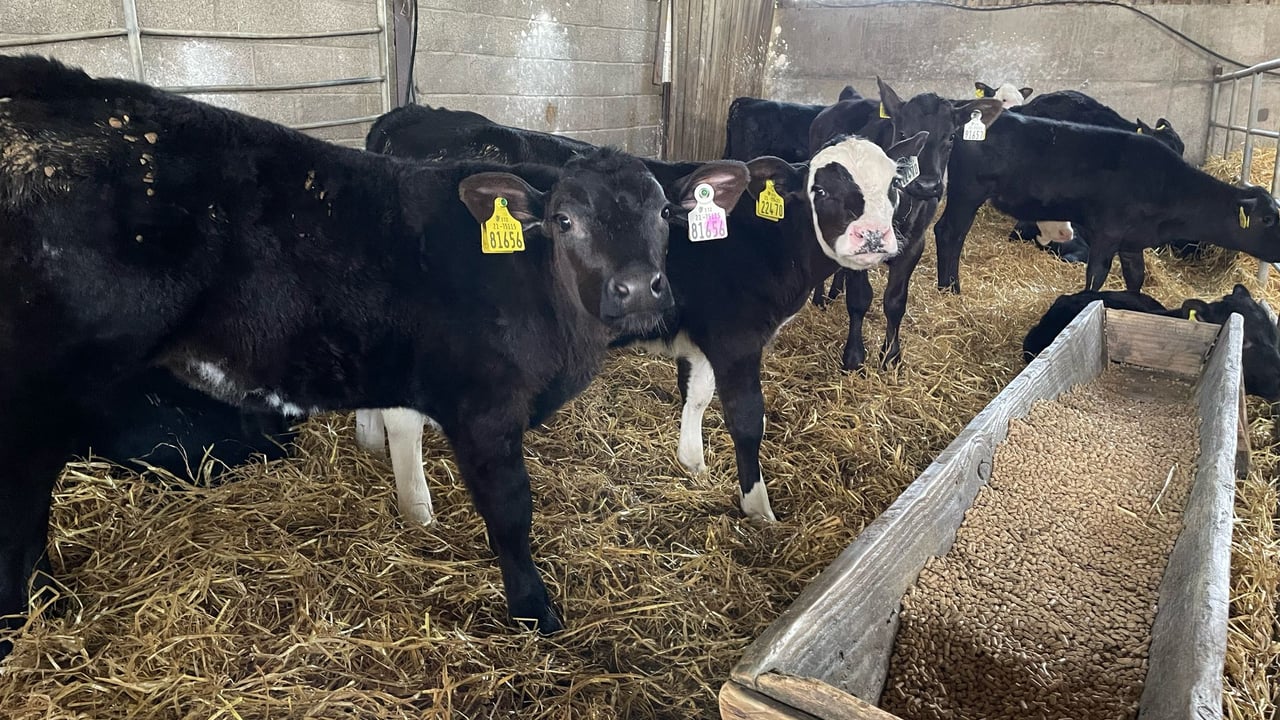Advantage Beef Programme
In the latest progress update from the ABP Demo Farm, manager Sean Maher explained that cattle have started to clean-up well and are content to be out on the paddocks.
The average turnout weight for the yearling cattle going to grass this year was 335kg with an average turnout date 20 days ahead of last year. These cattle will be weighed again in the coming weeks.
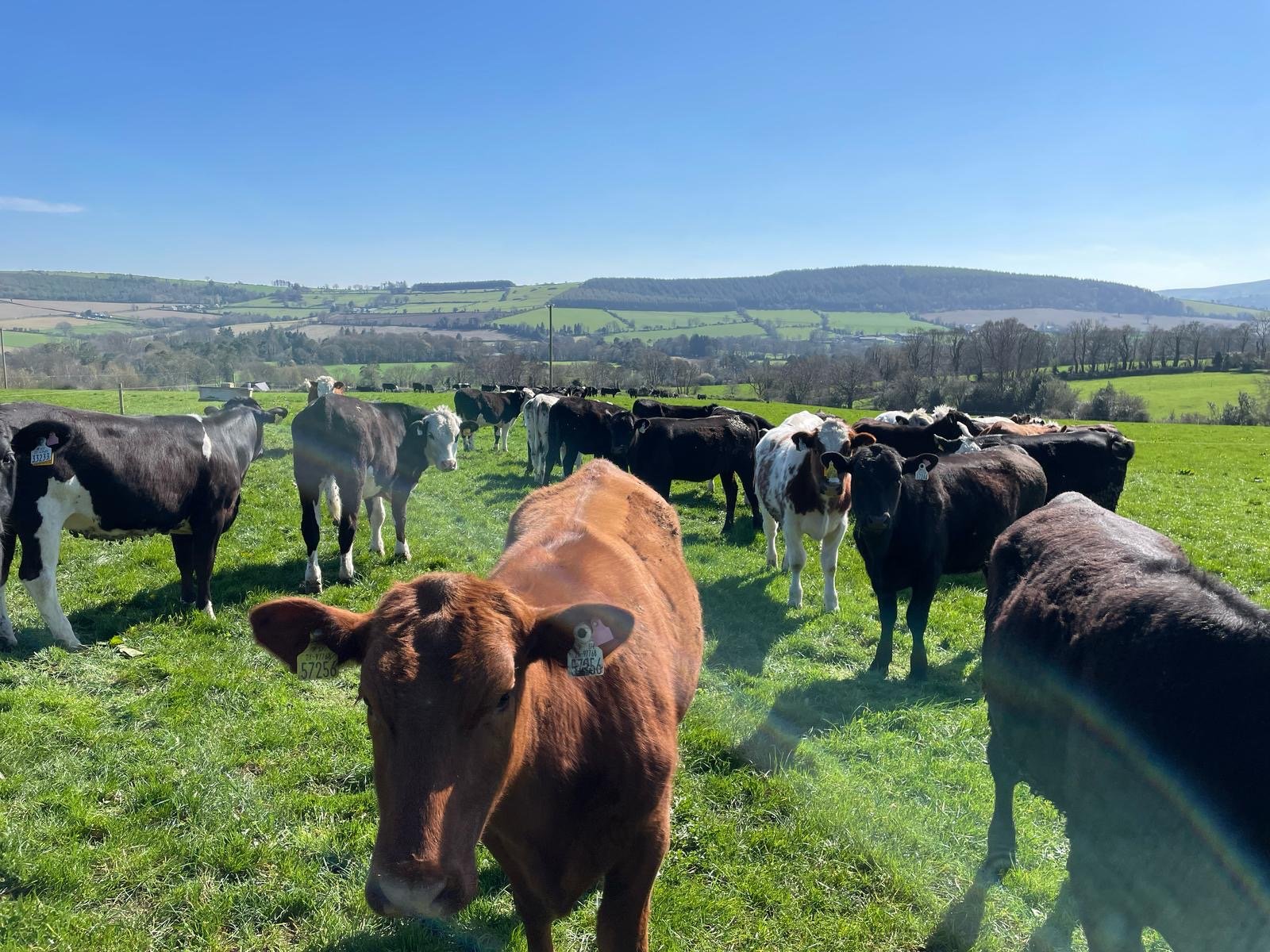
A total of 60ac of ground has received 100 units of nitrogen (N) per acre after it was grazed and rolled. The aim is to cut this ground for silage in mid-May with the main focus being to secure as much high-quality silage as possible this year.
The good weather conditions this spring has allowed cattle to remain on paddocks for longer than usual, allowing for better graze-outs achieving high utilisation rates.
The ABP Demo Farm manager said: "The farm cover is currently at 800kg (dry matter) DM/ha with a demand of 27kg/ha.
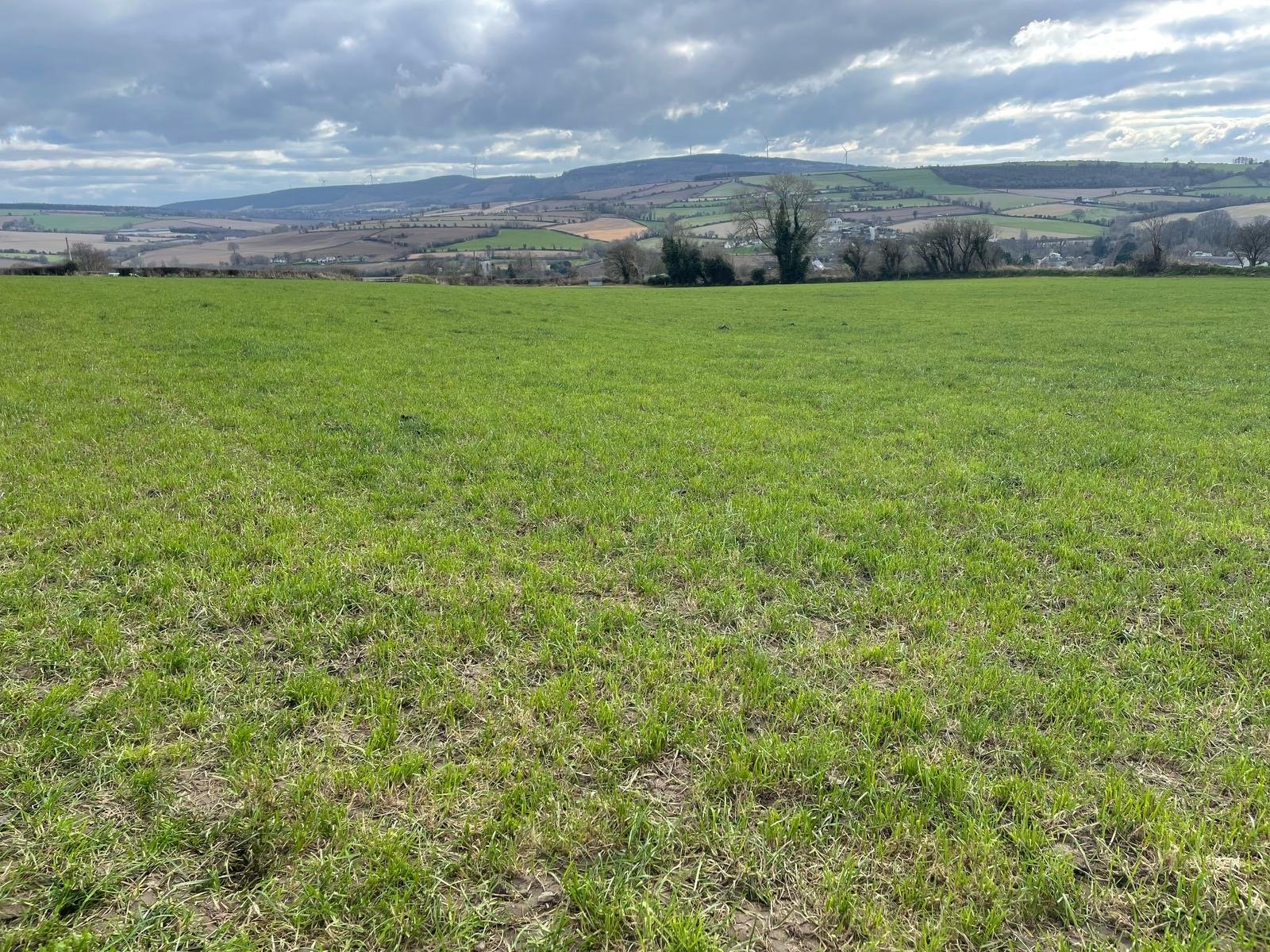
"I suspect this week will be the first week that growth will surpass demand. The cold weather at night hasn’t made for ideal grass-growing conditions. We aim to graze grass covers of 1,600kg DM/ha or less.
"This is often not achievable at this time of the year but it will become more important in the second rotation.
"If growth is good and grass is in plentiful supply, any cover at 2,000kg DM/ha or above will be harvested for silage.
There are now 403 calves on the farm. The first of these arrived on February 18, with the remainder arriving since then.
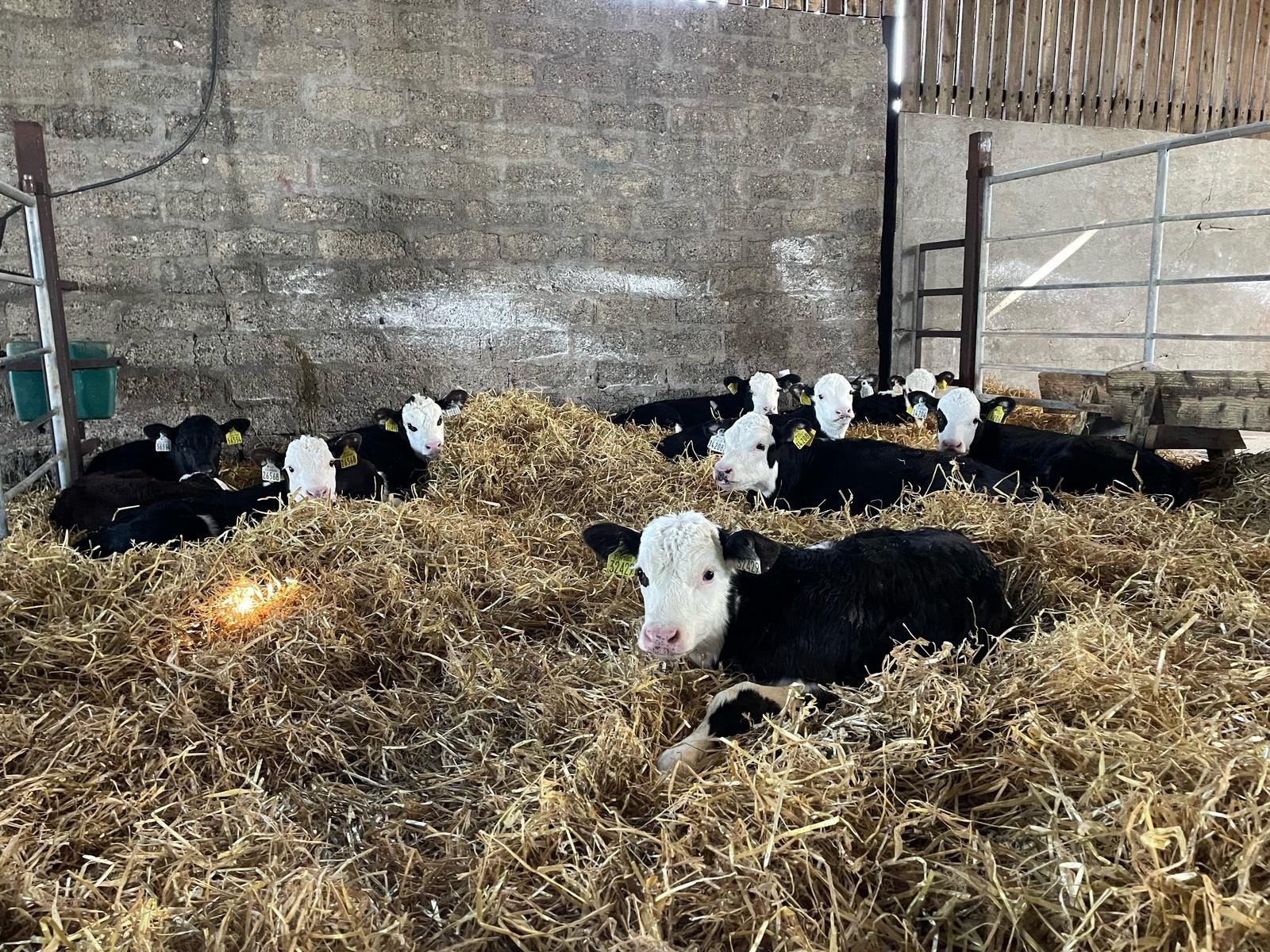
The calf arrival weights have been relatively consistent at an average of 61kg.
The average date of birth of the calves this year is February 18, which is 4 days younger than last year.
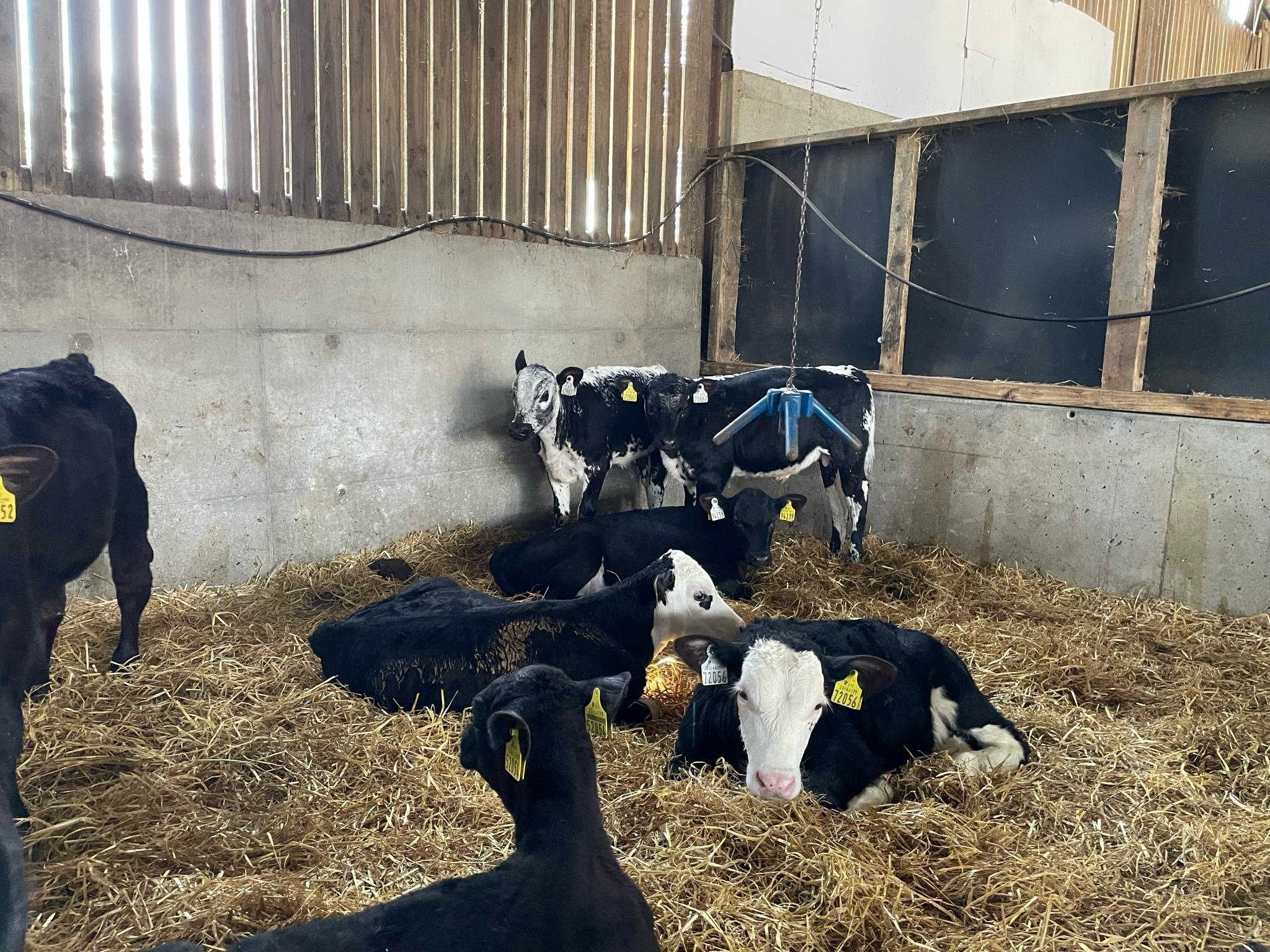
Maher said: "The calf purchase price is of course up this year with calves costing €120/head more than last year on average. The majority of the calves purchased this year are Angus and Hereford-sired calves.
Weaning has begun and a lot of the first calves to arrive on the farm are being pulled back on the milk-feeding programme, with 55 calves weaned in total as of Thursday, April 10. These calves averaged 93kg at weaning.
During weaning, calves received 2L/head/day of a milk feed to encourage higher concentrate intakes.
Once calves are consuming at least 2kg of concentrates/head/day, they are then ready to be weaned off milk.
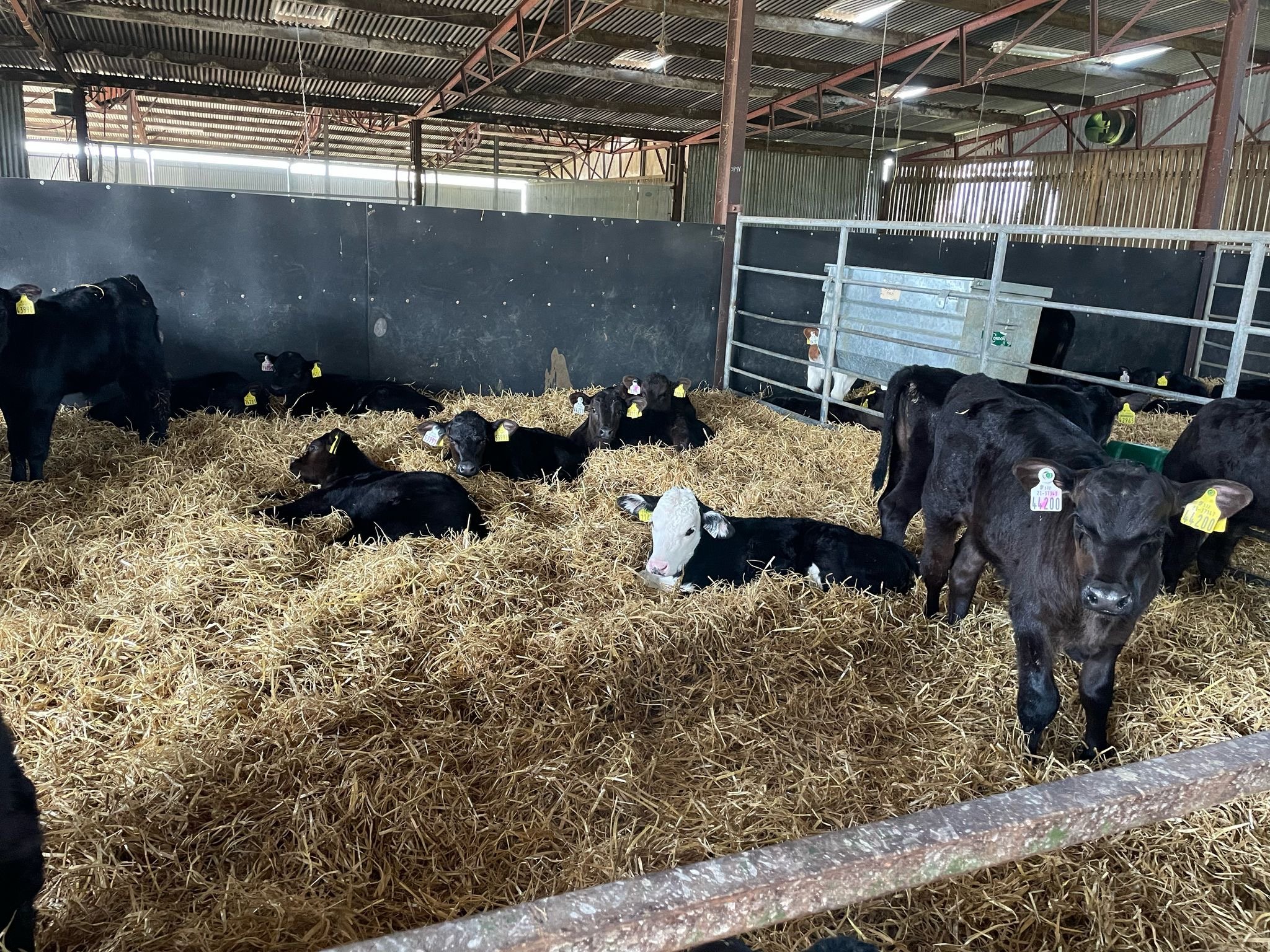
"By weaning on concentrate intake, we prepare the calf to manage the transition when the milk is gradually removed from the diet," Maher explained.
"Weaning weights over the last number of years have averaged 90kg and we would be hoping that calves would spend six weeks on milk."
The majority of the calves on the farm have received their first Pasteurella pneumonia vaccine and clostridial vaccine, and have been treated for lice.
Post weaning, calves spend 7-10 days in their group pen, which generally has 10-15 calves per pen.
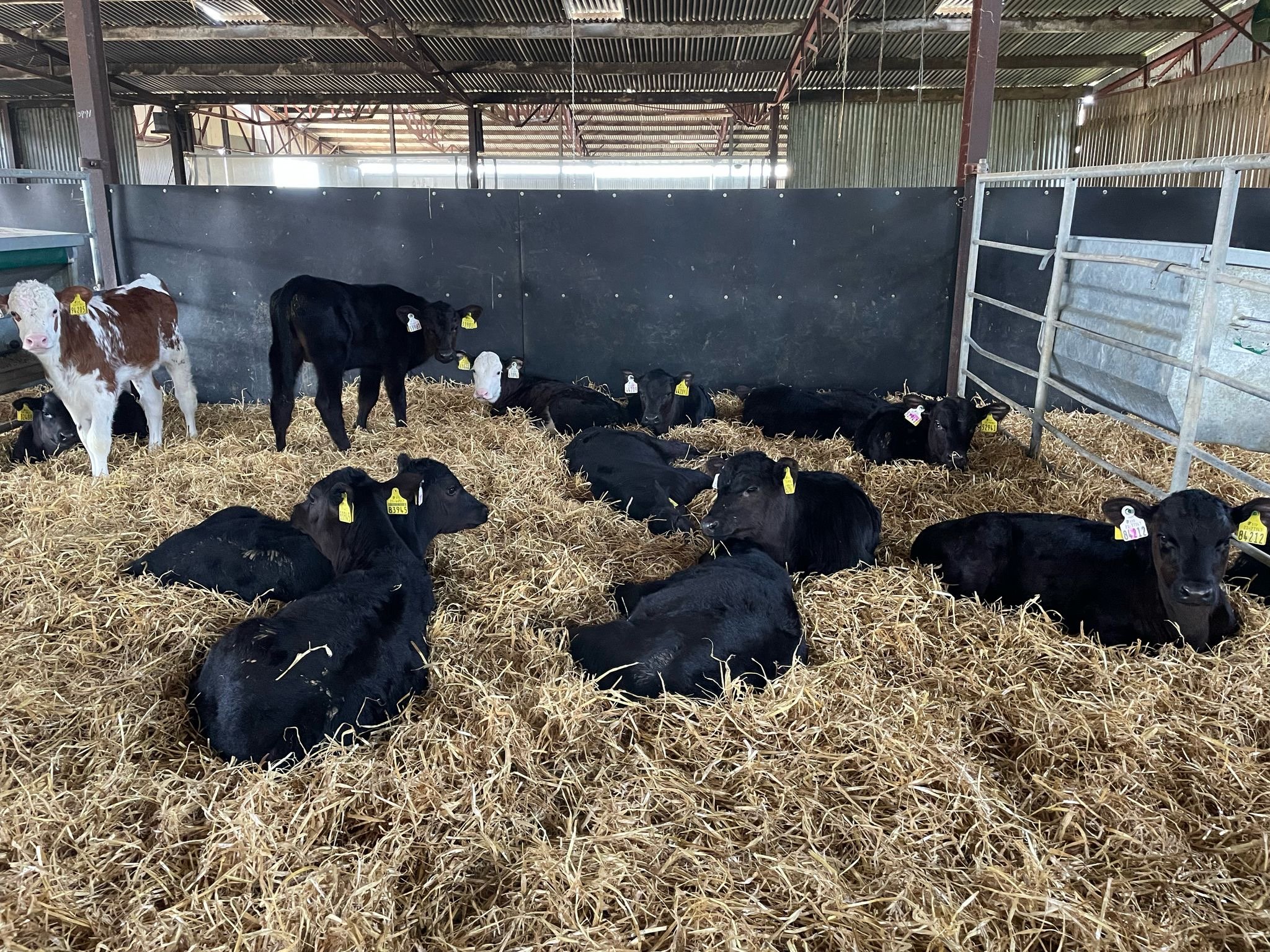
Adjacent pens are usually mixed after that and then calves are moved to the loose houses across the yard which have capacity to hold over 100 calves/shed.
The fam manager said: "These sheds are beside the field which allows us to turn calves out to grass during the day and back in each night.
"Weaned calves will consume 3kg concentrates, straw and some silage to prepare them for turnout. After turnout, these calves will be pulled back to 2kg and then 1.5kg concentrates/head/day for the majority of the grazing season."
The farm has 9ac of ground ready to sow in red clover. According to Maher, "It is still early in the year but we are seeing exceptional ground conditions. We will have more details on the red clover reseed as it progresses."
The GreenFeed Machines are in the paddocks with the grazing cattle, monitoring individual methane emissions with a good level of usage being recorded.
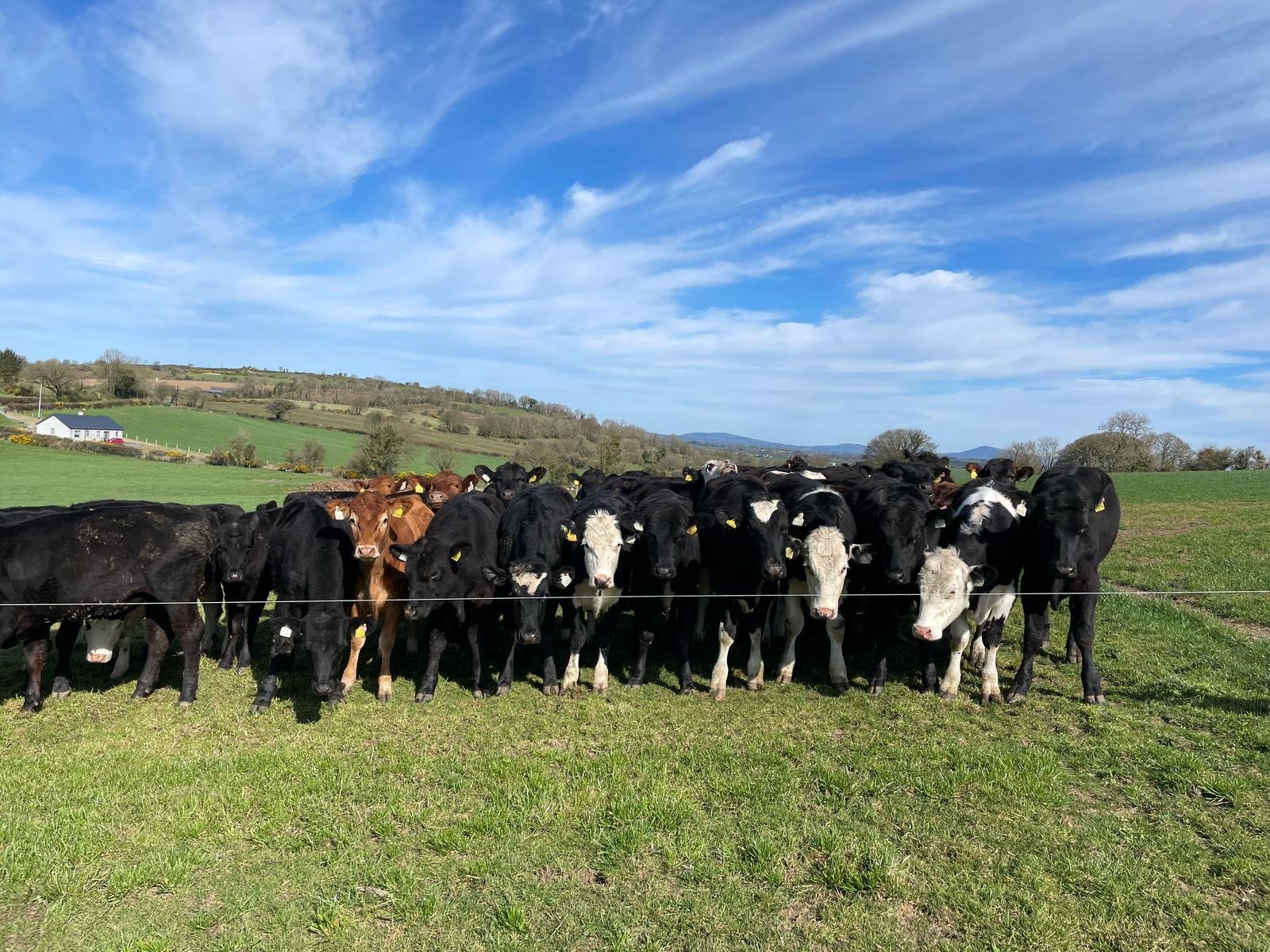
"All of the yearling cattle on the ABP Demo Farm have had access to these at some stage over the winter," Maher said.
"Before turnout, all cattle received their clostridial booster and, as part of a project with Meat Technology Ireland (MTI), received their backfat scans.
"These will be carried out again over the grazing season and once more post slaughter."
There are 140 of the store lambs remaining on the ABP Demo Farm and these will be slaughtered in the next fortnight.
The Irish Country Meats (ICM) Lamb Sustainability Trial in collaboration with ABP Food Group is currently underway, and the 2025 lambs are currently being born on host farms in the south of the country.
More information on this research can be found here.
